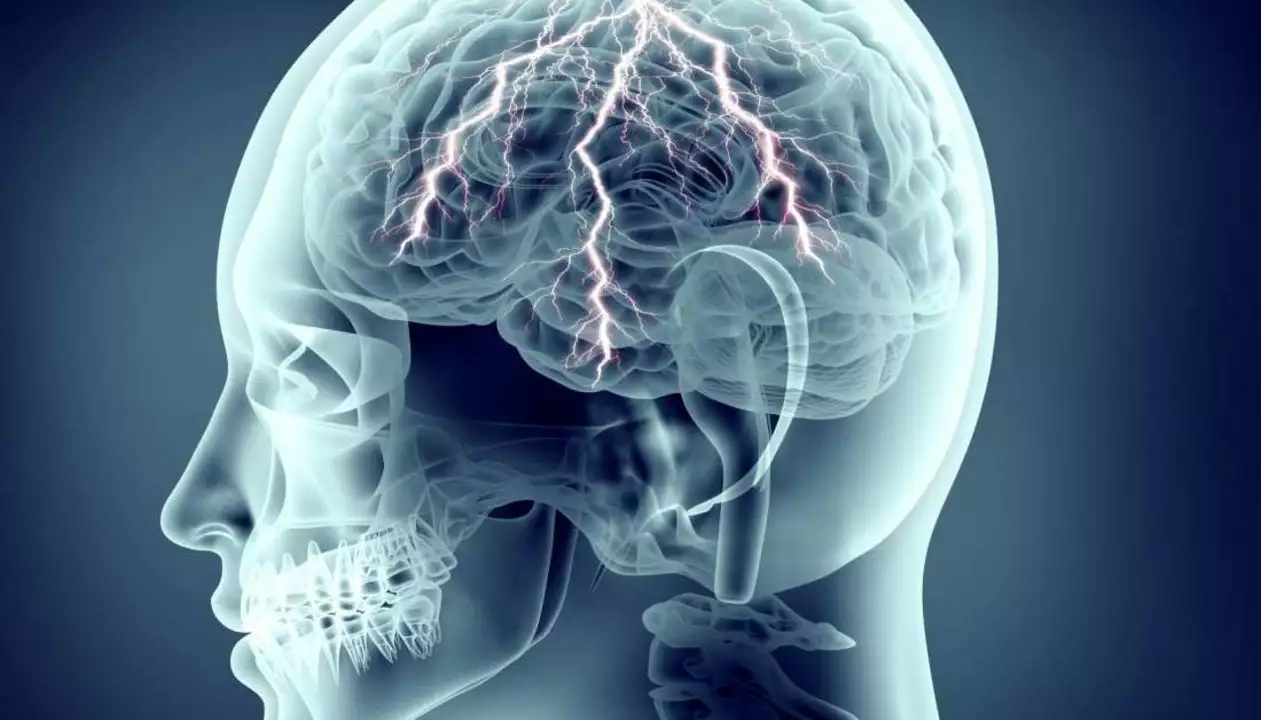Partial Onset Seizures (Focal Seizures) — What You Really Need to Know
Partial onset seizures, also called focal seizures, start in one part of the brain. They can be tiny sparks you barely notice or full episodes that change movement, feelings, or awareness. Knowing the signs and what to do can keep you or someone you care for safer.
Spot the signs
Focal seizures vary a lot. Some common clues: odd sensations (a rising feeling in the stomach), sudden jerking of one arm or leg, lip smacking, looping thoughts, brief confusion, or staring spells. If awareness is affected, the person may not respond and won’t remember the event. Symptoms usually last seconds to a few minutes — longer events or repeated seizures need urgent care.
How doctors diagnose them
Diagnosis is mostly clinical plus tests. A neurologist will ask about what happened and when. EEG (brain wave test) can show abnormal electrical activity. MRI or CT scans look for structural issues like scarring, tumors, or stroke. Blood tests check for infections, low sugar, or drug causes. Keep a short, clear list of what you saw — it helps more than you think.
Ever thought a seizure looked like a panic attack or fainting? That’s common. Video EEG in a hospital can be the best way to tell the difference when it’s unclear.
Treatment aims to stop seizures and reduce side effects. Most people start with one antiseizure medicine. Common options for focal seizures include carbamazepine, oxcarbazepine, lamotrigine, levetiracetam, and sometimes topiramate or valproate depending on the case. Dosing and choice depend on age, other health issues, and possible drug interactions.
Medication works for many, but not everyone. If seizures continue despite drugs, options include surgery (if seizures come from a small brain area), responsive neurostimulation, or a vagus nerve stimulator. Your neurologist will explain pros and cons for your situation.
Practical tips that help day-to-day: take meds exactly as prescribed, keep a seizure diary, avoid missing doses, get enough sleep, limit excessive alcohol, and ID any clear triggers (like flashing lights in some people). Wear a medical ID if you have recurring seizures — it speeds emergency care.
When to get urgent help: a seizure lasting longer than 5 minutes, repeated seizures without recovery between them, injury during a seizure, or difficulty breathing after a seizure. Call emergency services right away.
If you’re looking up medicines or pharmacies online, be cautious. Use trusted sources and talk with your prescriber or pharmacist before buying. We have practical articles on specific meds, side effects, and how to shop safely online if you want more details. Stay informed, keep records, and work closely with your care team — that combination gives the best chance of control and fewer surprises.

- 8 Comments
As a blogger, I've recently come across some fascinating research on the connection between partial onset seizures and autism. It appears that individuals with autism are more prone to experiencing partial seizures as compared to the general population. This connection could be attributed to the fact that both conditions involve irregular brain activity and neurotransmitter imbalances. Understanding this link between partial onset seizures and autism could potentially lead to better treatment options and management strategies for those affected. It's crucial that we continue to explore this connection to improve the lives of individuals with autism and seizure disorders.
